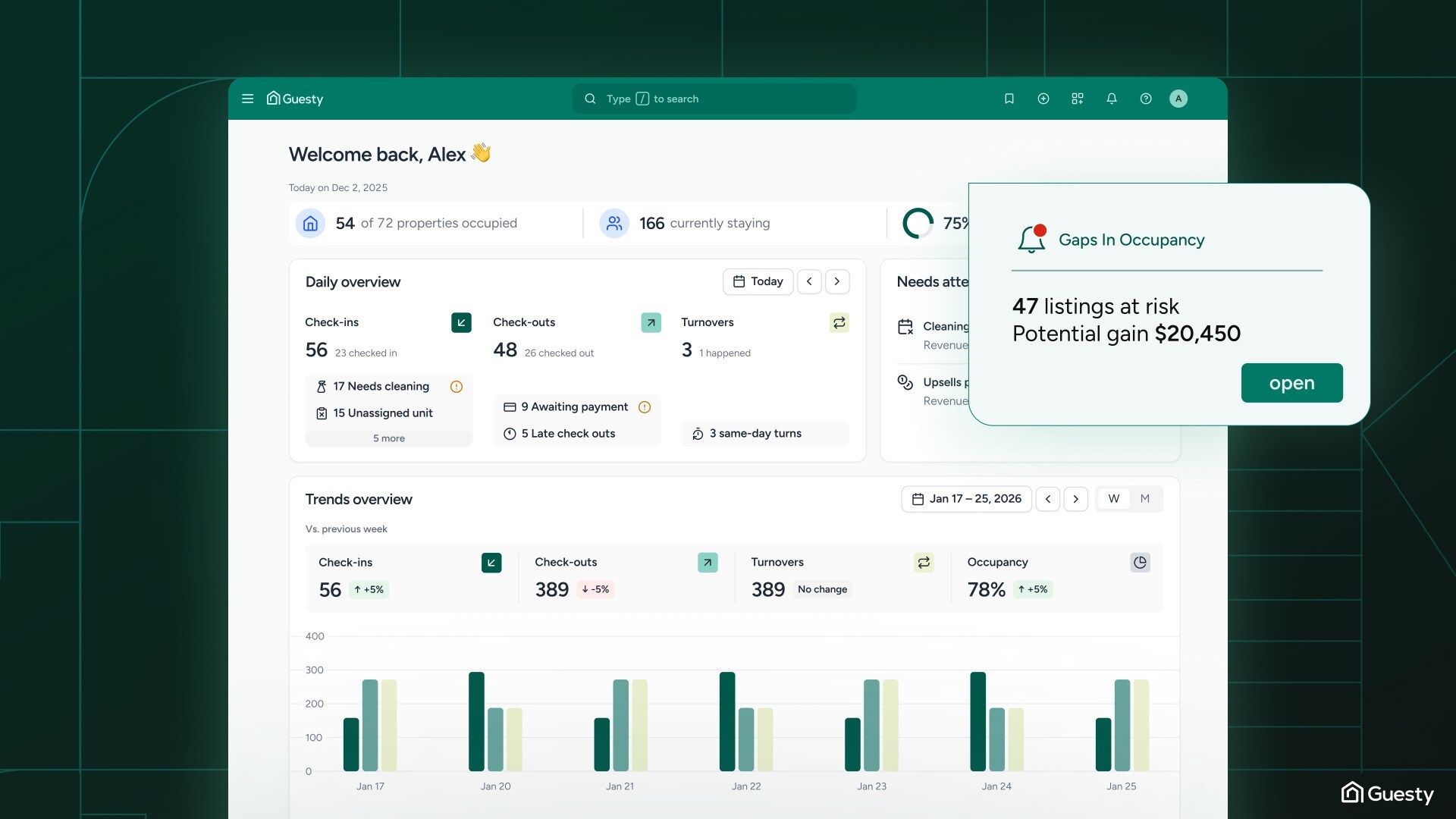The short-term rental (STR) strategy has become one of the most powerful tools available to high earners looking to reduce their tax liability while investing in appreciating, cash flowing assets. With the recent reinstatement of 100% bonus depreciation under the One Big Beautiful Bill, this strategy has become even more compelling.
To demonstrate how impactful this strategy can be, the following case study outlines a real world scenario. The numbers used are rounded for simplicity, but the example illustrates how the strategy can unlock significant tax savings while building long term wealth through real estate.
In this example, the client was a W-2 employee earning around $500,000 annually. His wife did some part time work, but the bulk of their income came from his job. They didn’t yet own any rental properties but were interested in getting started and wanted to find a way to reduce their tax liability while gaining exposure to real estate. One of their long term goals was to eventually exit the W-2 grind and build financial independence through real estate. The challenge was how to keep more of their earned income now so they could reinvest it and accelerate that timeline.
Passive Loss Limitations: The Usual Roadblock
Rental real estate is a powerful asset class for wealth building. But from a tax standpoint, it’s typically classified as a passive activity under IRC Section 469. That means any losses generated from the rental can’t be used to offset active income like W-2 wages, unless the taxpayer qualifies as a real estate professional.
For most high income earners with full time jobs, qualifying as a real estate professional isn’t realistic. It requires spending more than 750 hours a year and more time in real estate activities than in any other occupation. That was certainly the case here, the client worked long hours and wouldn’t be able to meet those standards. But they were still looking for a way to reduce taxable income and keep more money in their pocket to reinvest.
That’s where the short-term rental (STR) exception comes in. Under Reg. Sec. 1.469-1T(e)(3)(ii), if the average stay at a property is seven days or less, and the owner materially participates in the activity, the rental is not considered passive. This opens the door to using rental losses to offset W-2 income, without needing to meet the real estate professional criteria.
Material Participation: The Second Hurdle
In this case, qualifying for non-passive treatment meant more than just keeping guest stays under seven days, it also required the owner to materially participate in the activity by self-managing the rental. Material participation, in this context, means being actively involved in the day to day operations of the property.
There are seven tests for material participation under the tax code, but most STR owners qualify under one of two:
- 500 hour test: Spend 500 or more hours on the activity during the year
- 100 hour test: Spend at least 100 hours and more than any other individual
In this case, the 100 hour test was the more practical option. Much of the required time was accumulated early on by getting the property ready to rent, furnishing it, decorating it, stocking kitchenware and supplies, setting up the listing, and handling the launch. Time spent communicating with guests, coordinating cleanings, doing repairs, and inspecting the property also counted.
Time spent learning, researching, or traveling typically doesn’t count. But married couples can combine their hours, making it easier to hit the 100-hour requirement in a short period. In this case, the couple took a few trips to set everything up themselves. That hands on approach helped them meet the test quickly and made the strategy viable even though the property was located out of state.
Driving Up the Losses: Where the Strategy Pays Off
Once the average stay and material participation requirements were met, the rental activity was classified as non-passive. This meant the losses generated from the STR could be used to offset the client’s W-2 wages.
To maximize those losses, the next step was to order a cost segregation study. These engineering based studies break the building down into components like appliances, cabinetry, flooring, and landscaping. Many of those parts qualify as shorter-lived assets, which can be deducted immediately using 100% bonus depreciation.
With 100% bonus depreciation now back in effect under the One Big Beautiful Bill, the tax impact is significant. On average, a cost segregation study reclassifies 20% to 30% of the building's basis into bonus-eligible property. In this case, about a 25% allocation was the result.
Let’s Break It Down
Here’s how the numbers worked out:
- Purchase price: $750,000
- Land allocation (non-depreciable, 20%): $150,000
- Depreciable building basis: $600,000
- Portion reclassified as bonus-eligible (25%): $150,000
- Marginal tax bracket: 32% (married filing jointly)
That $150,000 was deducted immediately using bonus depreciation. At a 32% marginal rate, the federal tax savings came out to approximately $48,000 in year one.
These savings were only possible because the property was treated as non-passive by jumping through the required hoops. And that $48,000 didn’t even include additional operating expenses like mortgage interest, property taxes, insurance, utilities, and supplies, which increased the overall reported loss and the tax benefit.
Final Thoughts
This case study shows how the STR strategy can be a game changer for high earners. By understanding how to navigate the rules, this couple was able to take a $150,000 paper loss and use it to offset their W-2 wages, saving nearly $50,000 in federal taxes in just the first year.
With those savings, they plan to reinvest into a second property and continue building their portfolio. Rinse and repeat, and the path to financial independence gets a lot more realistic.
That said, this write-up only covers the high level framework. There’s a lot of nuance depending on where the property is located, how it’s owned, and the specifics of your overall financial picture. Work with a qualified tax advisor to make sure the strategy is applied correctly and the benefits are fully captured.

.webp)


